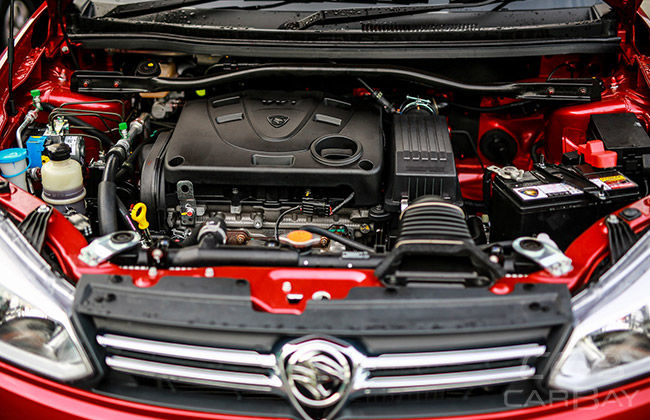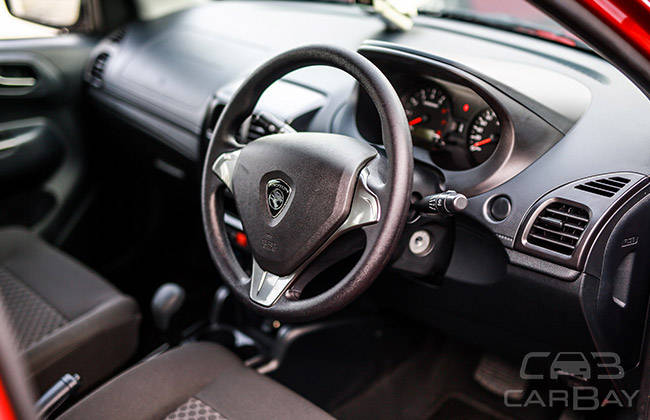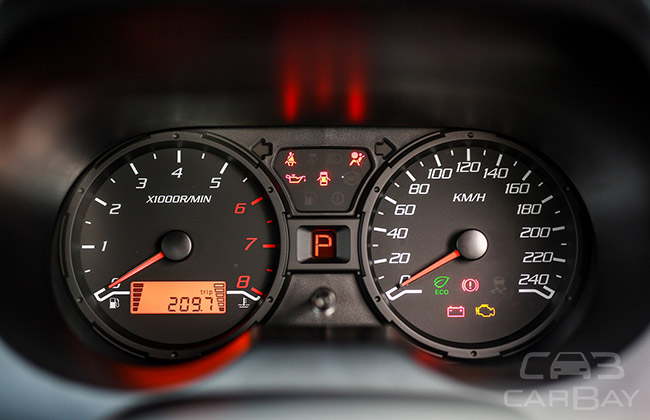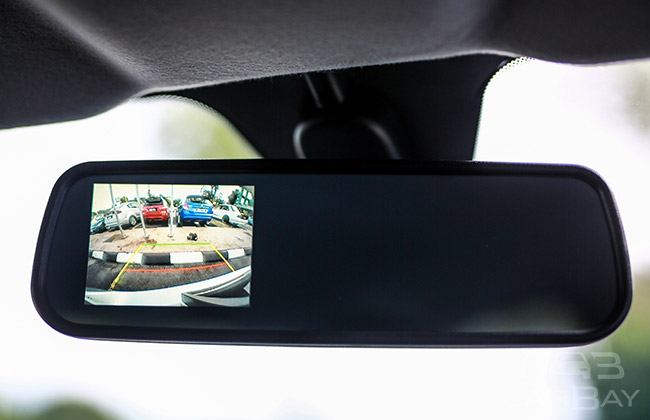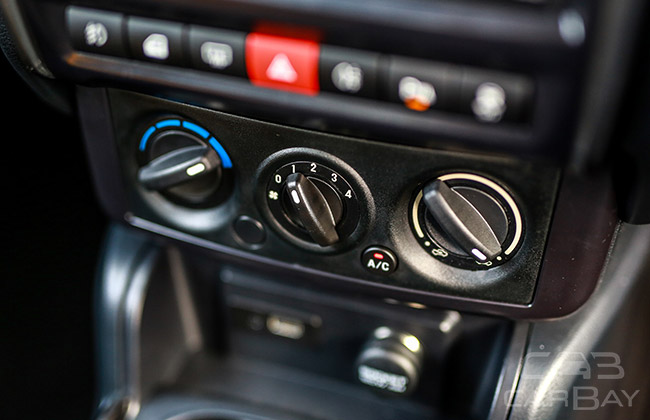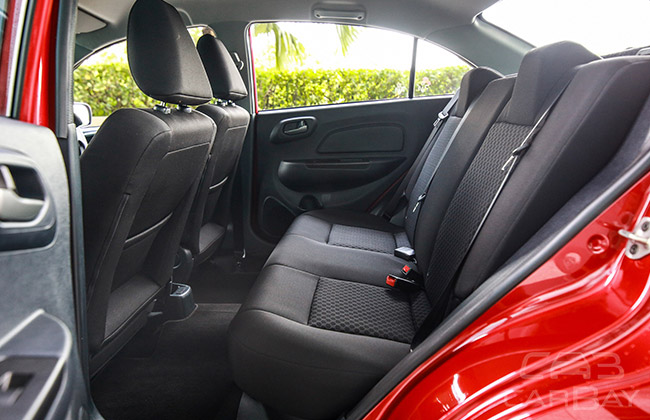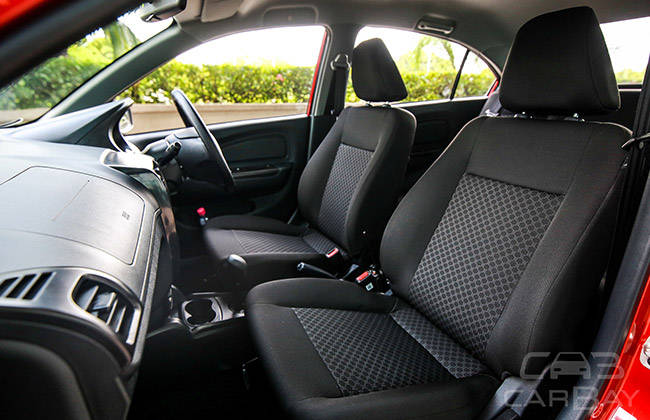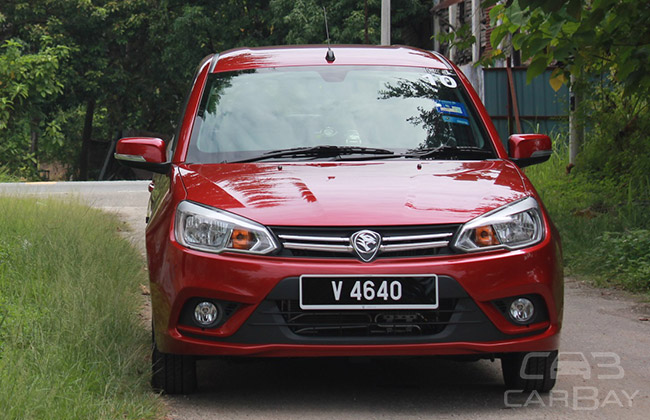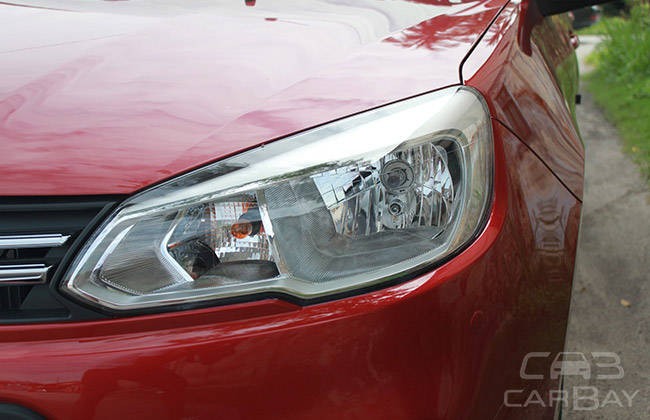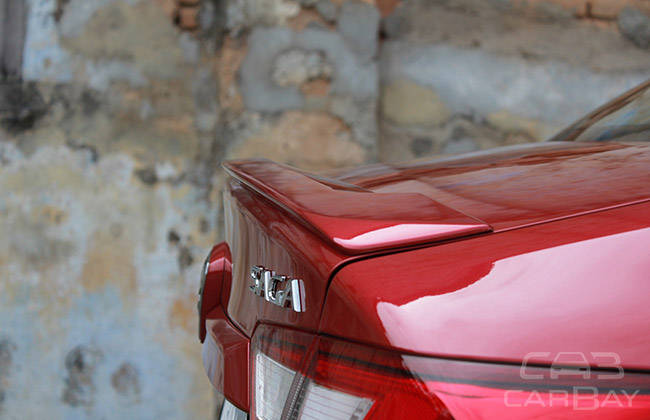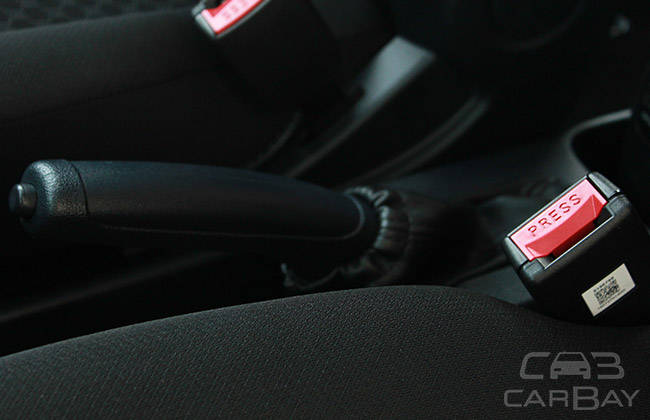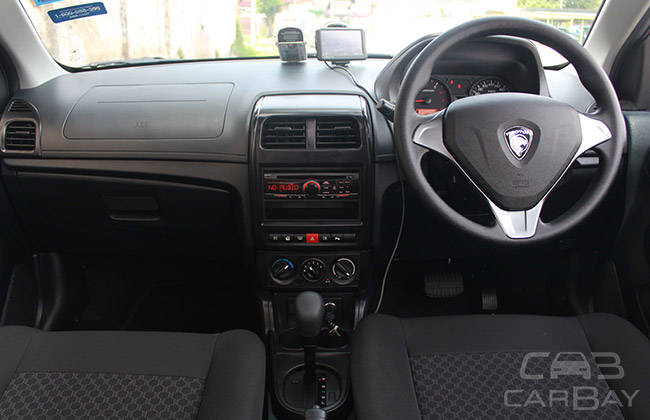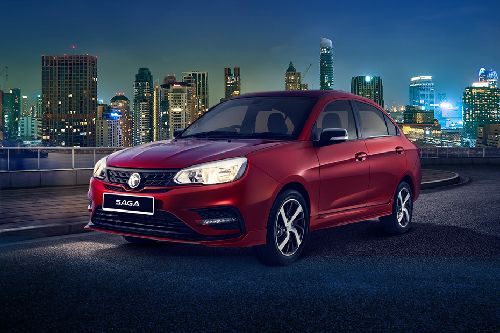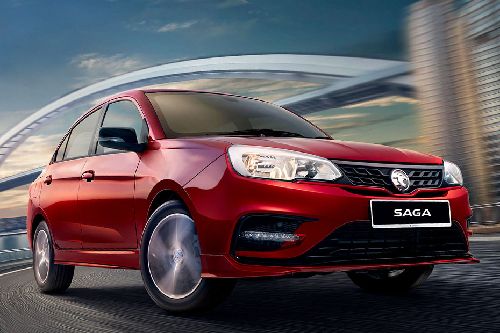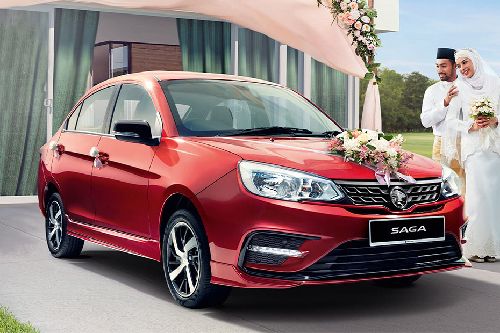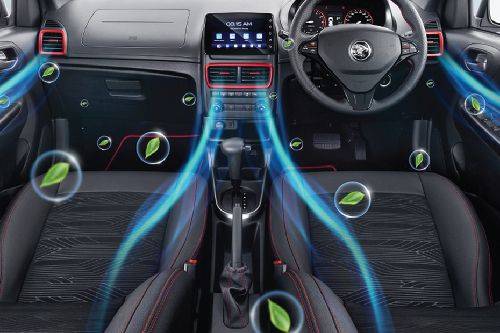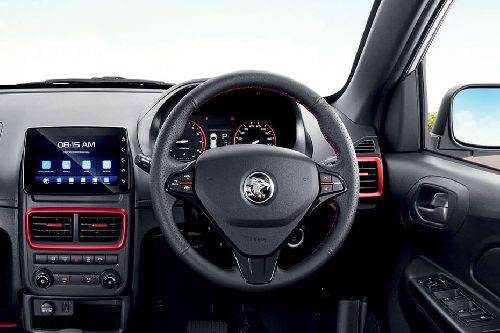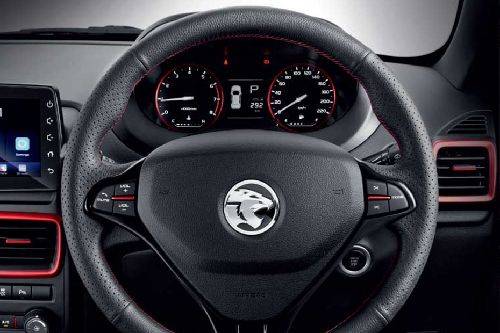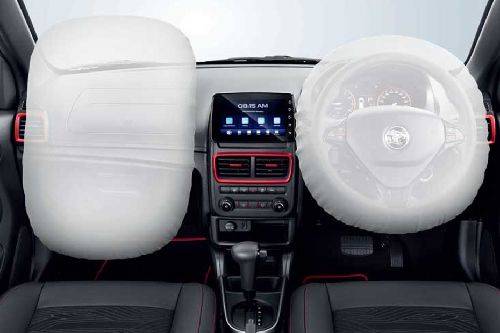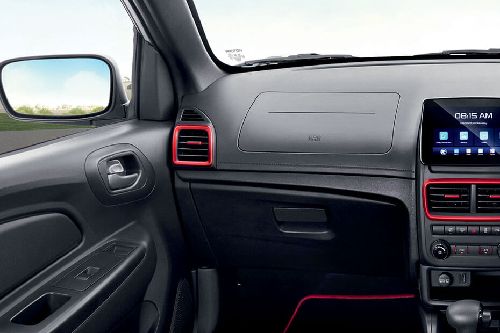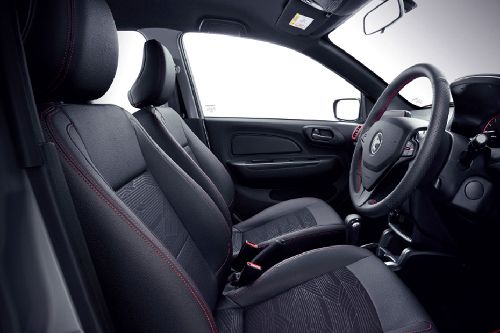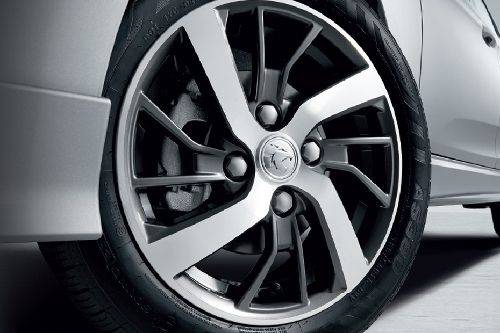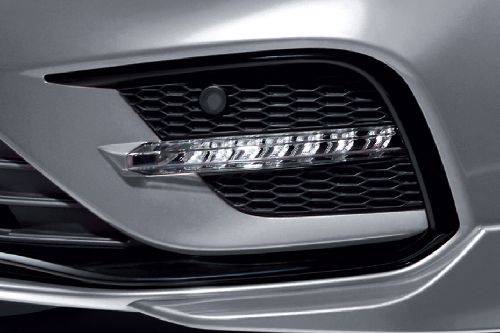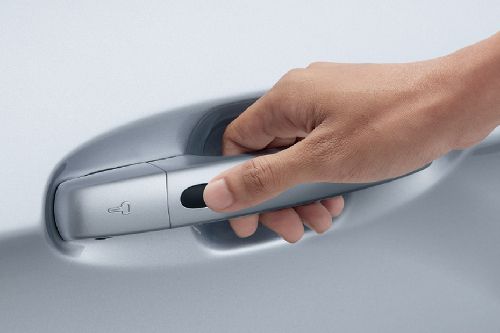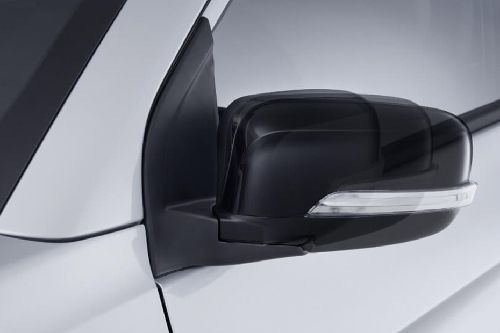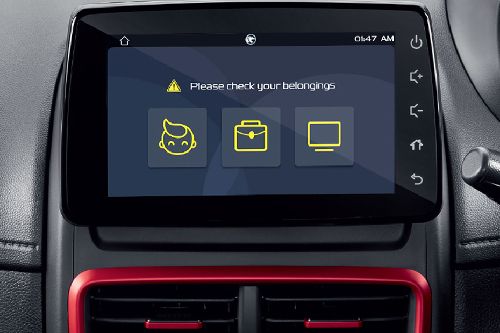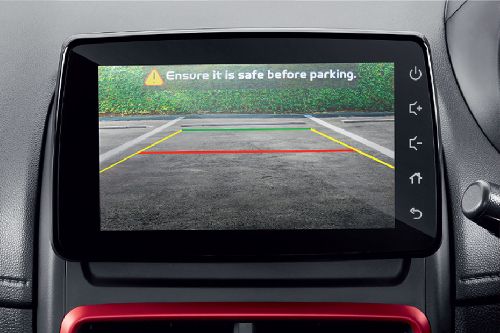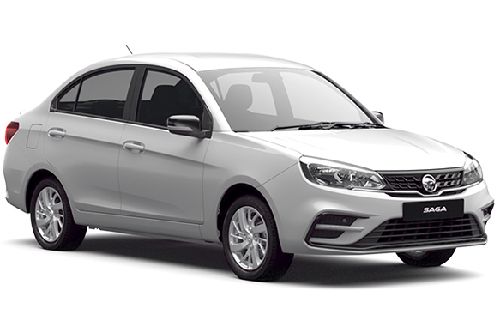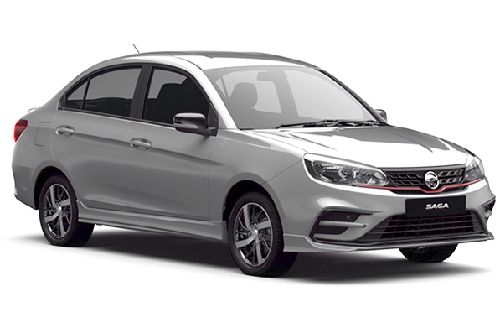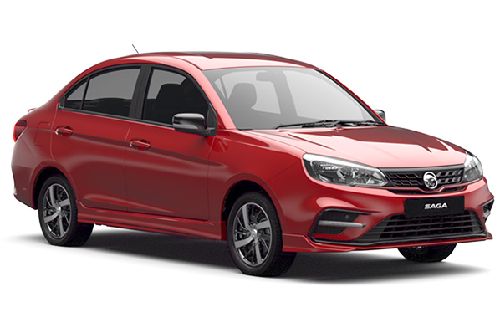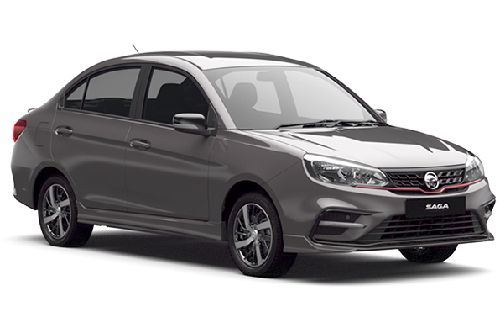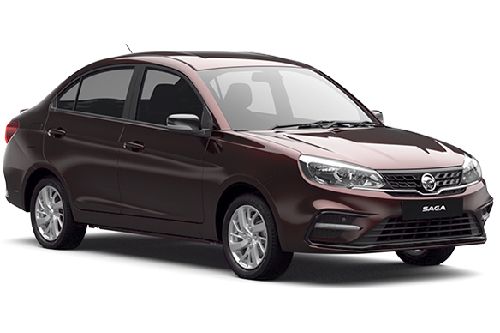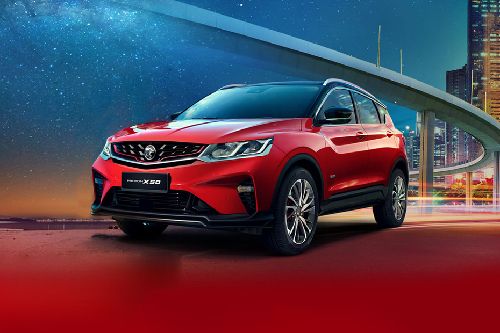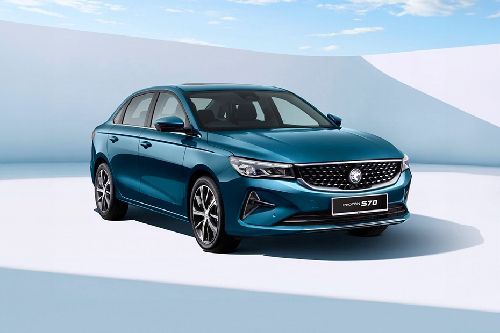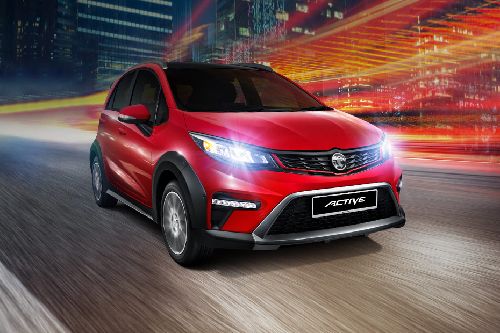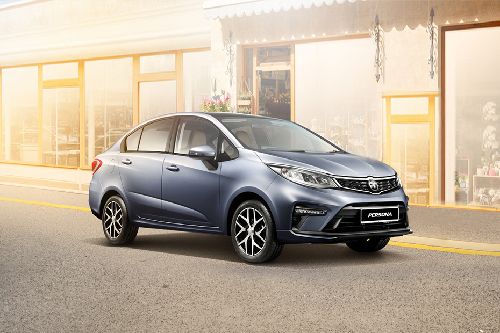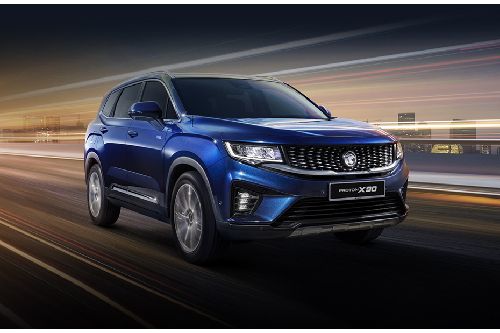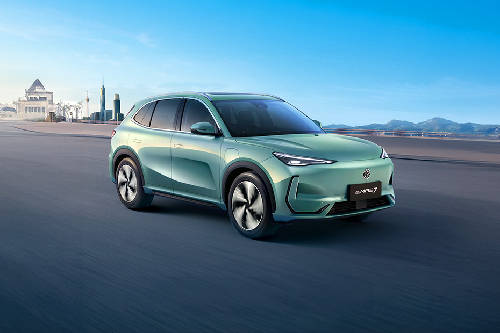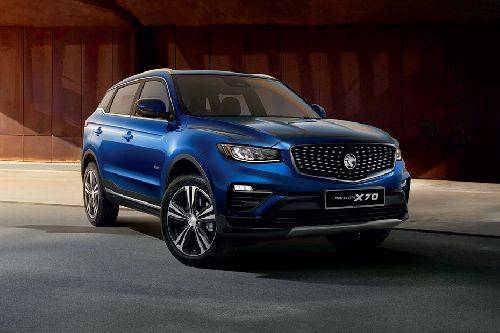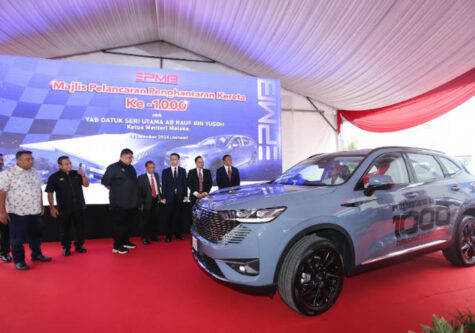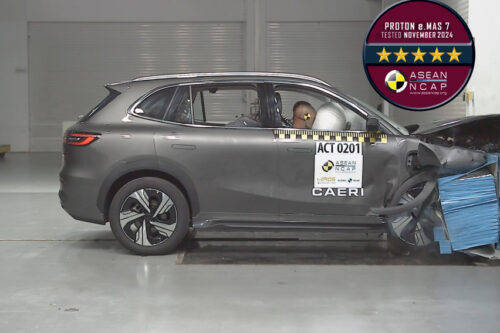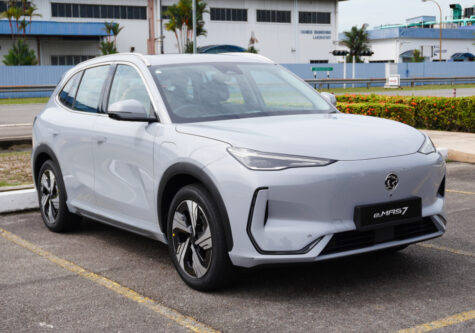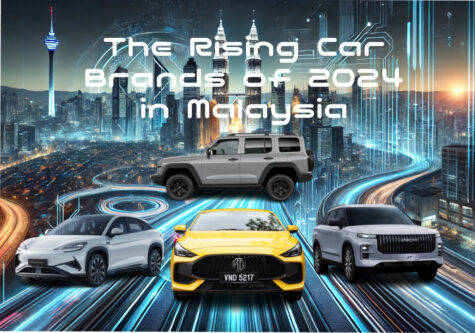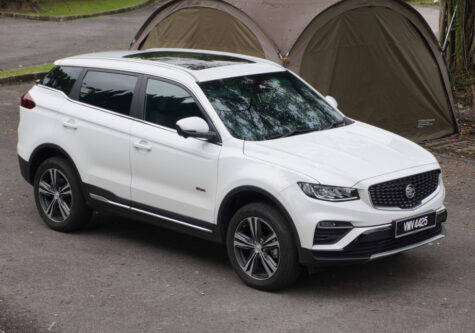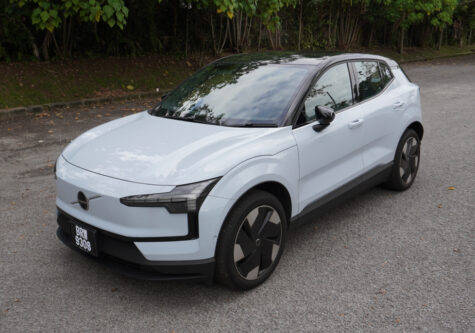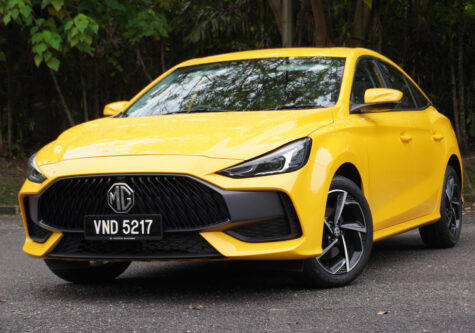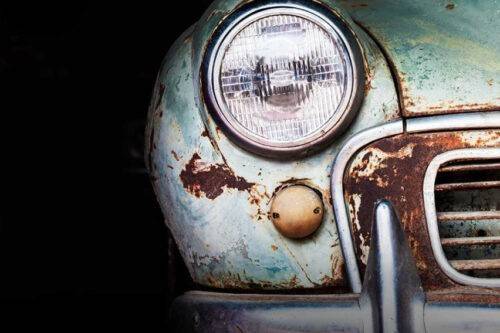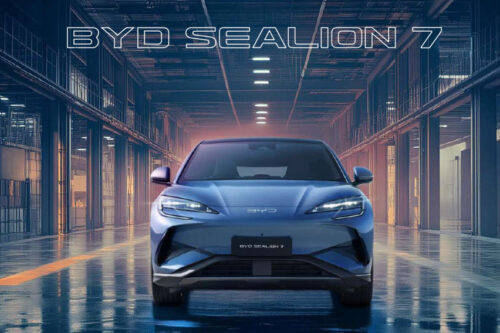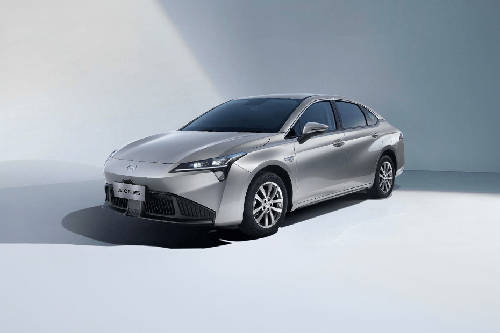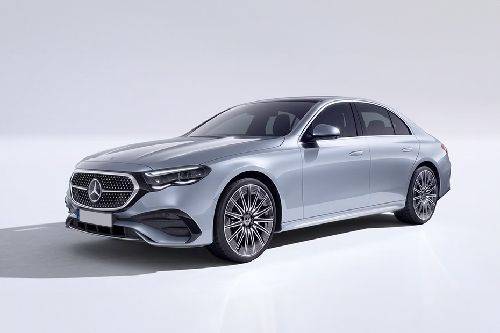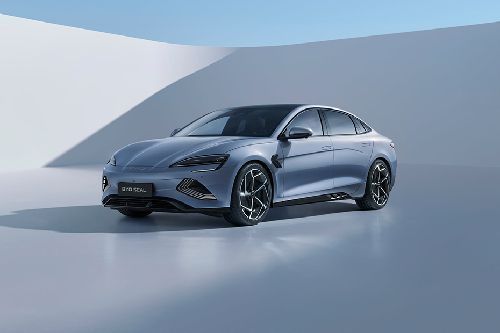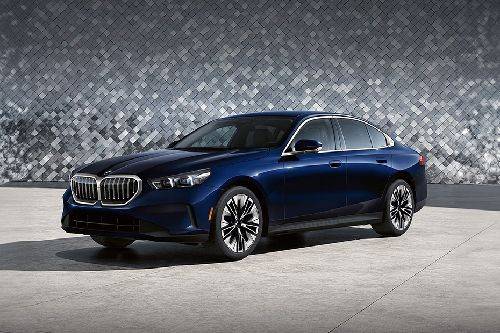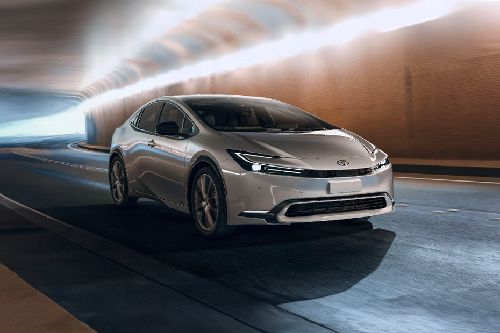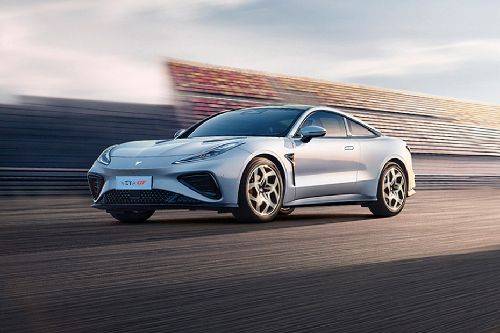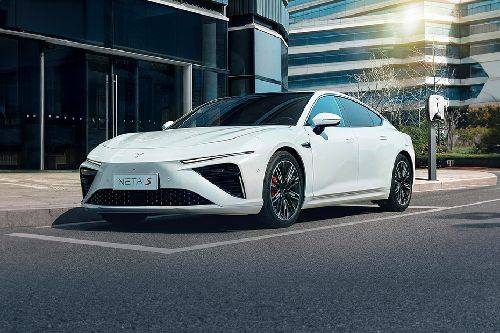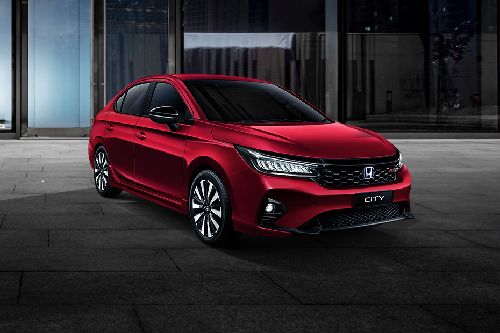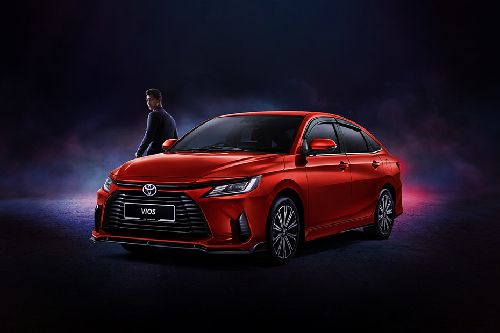2016 Proton Saga: Test Drive Review
PEOPLE’S Car is a car designed and targeted for the people. It should be comfortable, practical, having a fuel-efficient engine and reasonable price tag. In other words, it is a car designed to do many things well for many people.
The Proton Saga is traditionally the People’s Car of Malaysia, where it ticked the boxes of the aforementioned characteristics. For certain reasons, the Proton Saga was not the most popular car in the country by sales figure, but it still received critical perceptions and high expectation due to its status.
Proton recently has introduced the 2016 Proton Saga, as part of the three models to be introduced in the period of three months. This time however, the Proton Saga also carries the duty as a turnover device, and Proton seems really comitted with their transformation plan.
Now in its 3rd generation, the 2016 Proton Saga sits on the same stage as the 2nd generation Saga, but with a host of improvements and new parts, both externally and internally. The car comes in three trims, namely Standard, Executive and Premium.
We took the new Proton Saga Executive for a trip to Ipoh to figure out if Proton’s new A-segment sedan has what it takes to continue its saga.
Design and styling
With the new Proton Saga, Proton did not just put some makeover and call it a day. Instead, the new Saga undergone major revision on its aesthetic department, and even has slightly different silhouette from the car it is based on.
Up front, the redesigned headlights give the Saga a more mature look, while continuing Proton’s design DNA or what the company calls as “Proton’s Wing” in the grille. It gives the family look to the car, blending it well with the other recent models like the Iriz, Preve, Suprima S and Persona. The fog light clusters also receive a neat detailing work with a body-coloured strips embossed in the blacked lower grille.
Moving to the rear, the overall boot and tail lights design makes the area to appear lower and sharper. The Proton’s trademark bar connects the two-piece combination tail lights, and the shape of its reverse and signal lights translates to a formation as if it is part of the connecting bar.
There are also few details around the new Saga that captured the attention of this writer, such as ‘bubble roof’ (similar to Toyota’s Vios and GT-86) and horizontal lines contoured across the doors that give character to the Saga.
Depending on the variants, the front and rear seats of the Saga comes in three different patterns on the fabric. Adjusting the driver’s seat and steering tilt angle will get you to a comfortable driving position in no time, although having the telescopic adjustability would have made it better.
The Saga gets decent equipment such as 2-DIN infotainment unit (Premium only) and a clear instrument cluster that has similar design to that on other Proton's current lineup.
Proton engineers has made the already-roomy rear cabin an even-roomier one. Rear passengers are blessed with an enormous legroom, thanks to cleverly-executed concave indented surface behind the front seats. In addition, the rear doors are now longer and open at nearly 90-degree, making getting in and out of the Saga an effortless task.
Drivetrain and performance
To separate the target buyers and segment of the new Saga from the new Persona, Proton has deployed the 1.6 VVT for the Persona, so the new Proton Saga is equipped with the sole engine choice of 1.3 VVT across the range.
Replacing the outgoing Saga’s IAFM+ unit, the 1.3-litre VVT engine is taken from the Iriz, Proton’s B-segment hatchback but with a few mechanical changes as well as recalibration. One of the mechanical changes is the switch from four-point engine mounts to three-point, which is done to improve NVH (noise, vibration and harshness) levels. More on that later.
The VVT unit produces 94hp at 5,750rpm and a healthy 120Nm of torque at 4,000rpm. Power is transferred to the front axles via a 5-speed manual gearbox or a CVT, with the former is available only on Standard variant.
Performance wise, the manual-equipped Saga takes 12.2 seconds for a century sprint, while the CVT-equipped variants need 13.1 seconds for the same run.
Ride and handling
Initial impression when driving the new Saga is the steering that is somewhat light in characteristics as it now requires less effort to point the front tyres away from North. However, in terms of steering ratio, the same hydraulic-assisted setup (as the previous Saga) has been revised to 16:1 degree for its steering to turn the tyre, as opposed to 21:1 on the predecessor.
Less vibration is felt through the steering wheel as the engine on the new Saga is now mounted on three points as opposed to four on the previous model. This reduction is part of the improvements made to reduce the NVH (noise, vibration and harshness) levels of the car, other than more sound insulation padded to car's wheel well, floor pan and firewall.
A Proton Saga is not the car you take for high speed cruising, but we did speed the car up to 170km/h to see how the Saga fare in the aspects of wind noise and ride quality. The cabin remains noticeably quiet until this driver drove pass 130km/h and the car feels composed beyond highway speed limit. According to Proton, the cabin noise on the new Saga is around 3 to 5 decibels lower.
Engaging the gear into Drive, the CVT takes some time to register the input before the car starts to creep forward. A typical for a CVT, I must say. Acceleration from the Iriz-derived 1.3-litre VVT is far from powerful, but feels direct and strong for what it is.
To say that ‘ride and handling’ is Proton’s cup of tea can be an overstatement, but recent Proton cars indeed handle pretty decently and can out-rival its direct competitors. And this includes the new Saga. In the corners, body roll is significant although the car is not nervous mid-corners. It’s also good to know that Proton has stiffen up the car’s chassis by 20%, which should help in letting the suspension works more effectively in managing the wide range of surfaces on our roads.
Verdict
With the segment and price range, the new Proton Saga offers an outstandingly attractive packages; handsome styling, roomy interior with 420 litre boot space, smooth engine and composed ride. It is quite a lot of car for its asking price.
However, there things that Proton could look into for future improvements and this writer would like to list two of them. Firstly, to fit the ABS and ESC as standard across the range (the ABS and ESC currently lack on the Standard variant), and secondly, to illuminate the central lock button as the button sits alongside other buttons like hazard lights and fog lights, but the central lock button is not illuminated while the other buttons are.
Elsewhere, the new Saga indicates Proton’s commitment in producing better cars for the consumers and it has proven that a People’s Car or an affordable car does not necessarily feel and looks cheap.
Sell your car at the best price
 Verified and genuine buyers
Verified and genuine buyers
-
Explore Proton Saga
Proton Car Models
Trending & Fresh Updates
- Latest
- Popular
Proton Featured Cars
- Latest
- Upcoming
- Popular
Compare & Recommended
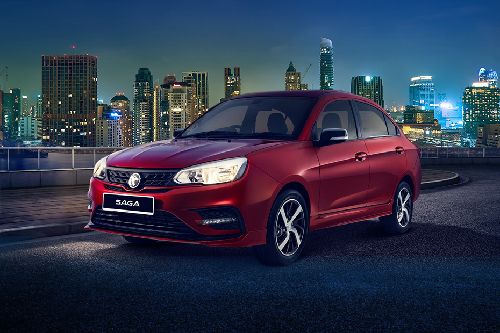
|
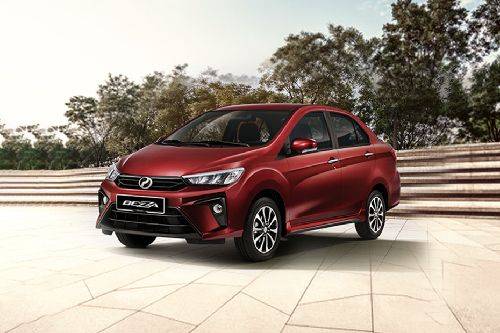
|
|
Seating Capacity
5
|
5
|
|
Engine
1332
|
998
|
|
Power
94
|
67
|
|
Transmission Type
Manual
|
Manual
|
|
|
Trending Sedan
- Latest
- Upcoming
- Popular
